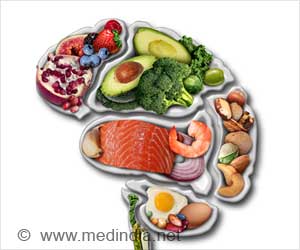
Never before has Washington imposed a limit on how many spuds a school can serve its students. And not surprisingly, the proposal has potato farmers -- and those who represent them on Capitol Hill -- boiling mad.
"While I am a strong supporter of increasing the number of fruits and vegetables available in our schools, I believe this proposal simply goes too far," said Senator Olympia Snowe of the potato-producing state of Maine.
The Senate on Monday took up the proposal, which Snowe and her counterparts from Colorado, Idaho, Nebraska and Oregon are vowing to nip in the bud with an bipartisan amendment to the 2012 farm spending bill.
The stakes are high, not least at a time when one in four Americans are obese, another one in three are overweight, and farmers are grappling with a weak economy and, in many parts of the country, bad weather.
Potatoes are the leading vegetable crop in the United States, earning farmers around 3.3 billion dollars a year, says the National Potato Council, an industry group.
Advertisement
But in a study earlier this year, researchers at the Harvard University School of Public Health identified potatoes as one of the foods most associated with weight gain over a 20-year study period.
Advertisement
Building on that logic, and on scientific guidance from the Institute of Medicine, an official advisory body, the Department of Agriculture reckons that by pushing for pupils to eat less potatoes, they'll eat more greens instead.
"We believe our proposed standards are better for kids, and many schools are already there," said Kevin Concannon, its under-secretary for food, nutrition and consumer services, in an email to AFP.
"But the standards are not yet final, we are taking people's concerns to heart, and we know we have more work to do."
The revised menu would jack up the cost of each school meal by 14 cents, or more than double the six cents that schools get in federal subsidies. Over five years, that extra cost would add up to $6.8 billion.
John Keeling, chief executive of the National Potato Council in Washington, said there is no evidence that children will eat other vegetables in the absence of potatoes.
"Americans in total are getting less than three percent of their calories from potatoes in all forms," he told AFP, adding: "Ninety percent of potatoes served in schools are not being served in a deep-fried form."
What's more, potatoes are an excellent source of potassium, which many Americans lack in their diet. They are also rich in fiber and offer more vitamin C than orange juice, Keeling said.
It is ironic, he added, that Washington wants to pare down potato consumption just as China -- the world's biggest potato producer, mainly for animal feed -- aims to get its billion-plus population to eat more spuds.
"They really seem to envision potatoes as the food source of the future for their population," in light of how relatively little water and land is needed to grow them compared to rice or wheat, he said.
Source-AFP















